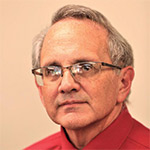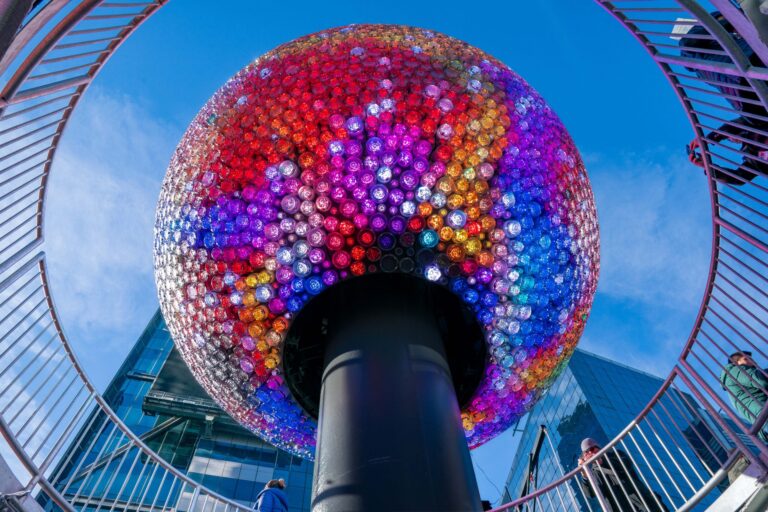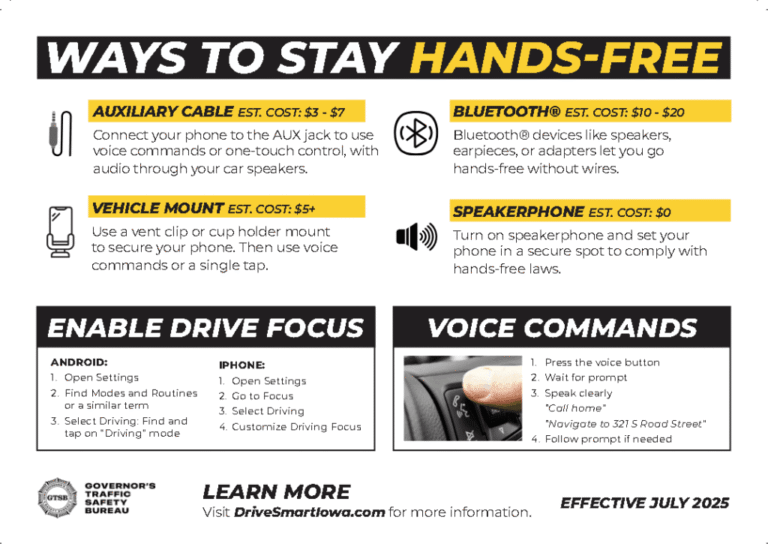
Riders get ready to join a bicycle ride on Tuesday, Sept. 26 , that starts at Union Station Visitors Center, 102 S. Harrison St., Davenport. The event was part of a gathering to show support for the Great American Rail-Trail project. CREDIT DAVE THOMPSON
Matthew Timion loves to ride his bicycle.
He rides it just about everywhere, and his goal is to ride his bike at least 2,000 miles a year. He takes it to the store, rides it on local trails and even to city council meetings. Mr. Timion is the Fourth Ward alderman with the Moline City Council.
On Tuesday afternoon, Sept. 26, he joined a…

Want to Read More?
Get immediate, unlimited access to all subscriber content and much more.
Learn more in our subscriber FAQ.
Do you want to read and share this article without a paywall?







